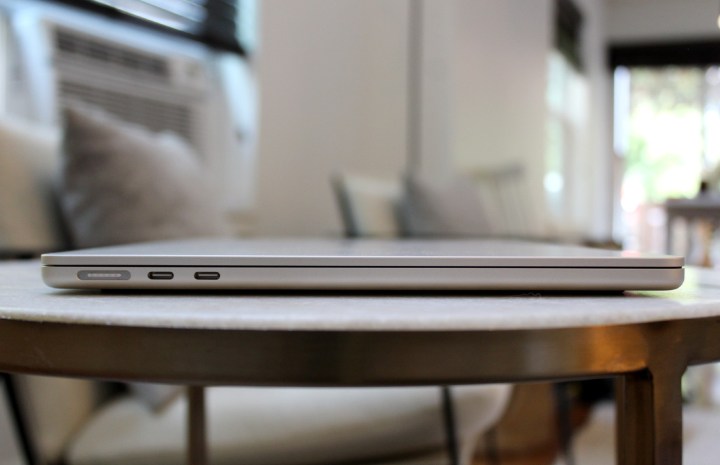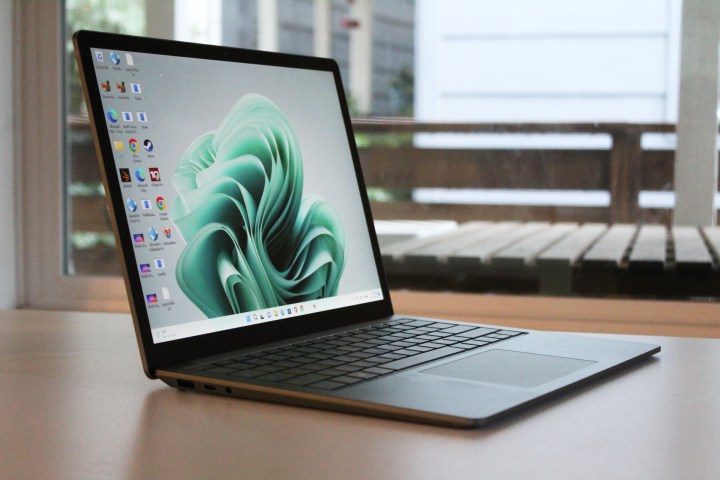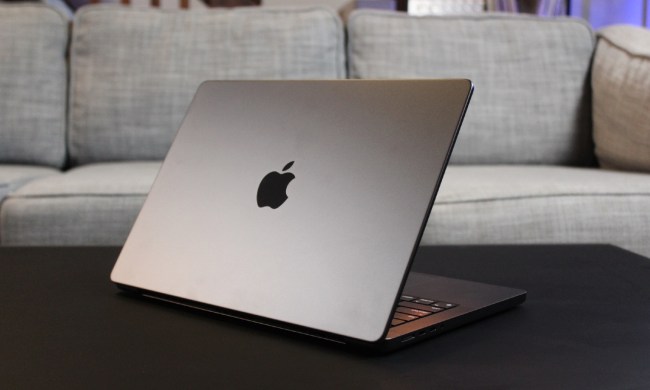
It’s been an exciting couple of years of new Mac releases.
Last year we got the redesigned M2 MacBook Air. The year before that was the M1 Max MacBook Pro. And this year? Rumor is we’re getting a 15-inch MacBook Air. That’s right — yet another MacBook for the lineup.
Unlike those aforementioned laptops, though, this 15-inch MacBook Air doesn’t have me quite as excited. We don’t know a lot about this new MacBook, so understand that a lot of what I’m about to say comes with a caveat. But from what we can deduce so far, it may end up being one of the most uninteresting new MacBooks in recent memory.
Pro or Air?
A name means something, especially for Apple. The company has always made a clear delineation between its two MacBook lines, the MacBook Pro and MacBook Air. As for the MacBook Air brand, it’s always meant two things: supreme portability and entry-level pricing. If this upcoming laptop does, indeed, continue with the brand, it’ll most likely hit these two hallmarks.
The 15-inch MacBook Air will likely be a sized-up version of the M2 MacBook Air, which has a 13-inch screen. That means it’ll be quite thin, among the thinnest 15-inch laptops that exist. Of course, this isn’t the first time Apple has two sizes of the same laptop. Apple used to have an 11-inch version of the MacBook Air alongside the 13-inch model, although it was discontinued in 2015. There are also the two sizes of the current MacBook Pros, the 14-inch and 16-inch.

So, this is not a problem, but it should offer expectations for what this product will be. It will most likely use the same M2 chip, and thus have the same pesky port limitations. You’ll be stuck being able to connect just one external monitor, which limits the kind of laptop this is and who it’s for.
Now, there’s one rumor that indicates that the 15-inch MacBook Air will come in two configurations, such as an M2 Pro. It comes from analyst Ming-Chi Kuo, a reliable source, and would certainly change what’s on offer for the 15-inch MacBook Air. Then again, having the M2 Pro in a MacBook that explicitly isn’t a Pro laptop would be a little strange too. It would also directly compete with the MacBook Pro 14-inch, which would be a similar-sized laptop (albeit a bit thicker) that also offers an M2 Pro chip.
And that’s really the problem. I know Apple wants to fill in the price gap between the MacBook Air and the MacBook Pro, but it’ll only muddy the waters and weaken the positioning of those respective lines. That’s something we already see with the awful 13-inch MacBook Pro in the mix, leaving the potential buyer to wonder how any of these products compare to one another.
Bigger screen, less performance

A 15-inch MacBook Air is more than just an in-between product, though. But a product needs to have a target demographic on its own, not just be something that fills a slot in the lineup. And for a 15-inch MacBook Air, it would be people who do most of their work or school on the go and like the idea of a larger screen, but don’t need the extra performance.
There are two approaches Apple could have taken to a MacBook with a larger screen without extra performance.
Some manufacturers choose to sell large laptops that have the space for discrete graphics, but also offer cheaper configurations without the graphics. The Dell XPS 15 and HP Envy 16 is a good example. These are fairly thick
On the other side of the spectrum, there are some Windows laptops that are sold on the premise of a very thin laptop that offers a large screen without the extra performance. The 15-inch Surface Laptop 5, LG Gram 16, and Samsung Galaxy Book 3 Pro are all good examples of this. These are
And while there are certainly some people out there for whom a 15-inch MacBook Air would be the ideal laptop, it is likely a much smaller demographic than for many of the other products it sells.
Is this what Apple needs?
According to a new report, the “pull-in momentum” for this new 15-inch MacBook Air isn’t as strong “compared with previous new products.” That’s not a good sign. For the reasons I listed above, it’s not just that the market isn’t as booming as in previous years — it’s that the idea of a 15-inch MacBook Air doesn’t have the same draw as other MacBooks in its lineup.
The first quarter of 2023 was a rough one for the tech industry as a whole, and that includes Mac sales, which are estimated to see a single-digit decrease in shipments in the first half of the year — and that’s with the launch of the 15-inch MacBook Air included.
Of course, there’s a chance Apple may have a trick up its sleeve. Maybe it’s going to debut a new killer feature, like a touchscreen, a Touch Bar replacement, or maybe Face ID. Who knows — but based on the name alone, this isn’t going to be the most exciting announcement from WWDC.


